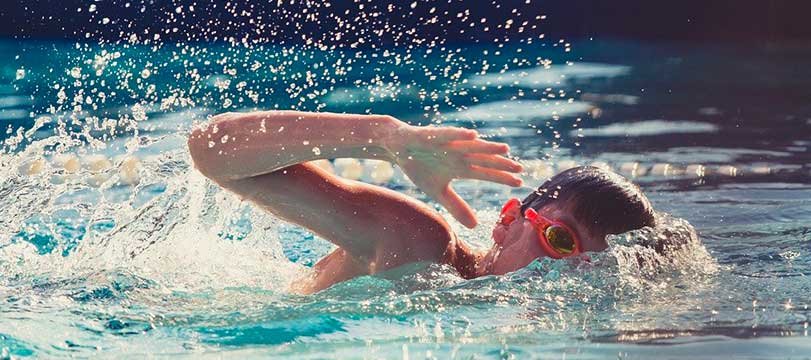
01:02 -
© Pixabay
Glasses and sport don’t have to be incompatible, even for children. Make sure they have the right glasses and your little darlings can run, swim and jump all they like. How to choose the best glasses for the sport your child loves.
An ear-to-ear grin and a pair of broken glasses are two sure signs that your child has had fun on the pitch or in the gym, even if the thought of buying them yet another pair of glasses leaves you a little cold. Choosing the right pair of sports glasses for your child is essential, not only from a financial point of view, it will also ensure that they can get the most out of their chosen sport. Glasses that slip off easily, are badly adjusted or uncomfortable will bother your child and hinder their training. And last but by no means least, the right sports glasses are a must to ensure your child’s safety and make sure they do not hurt themselves.
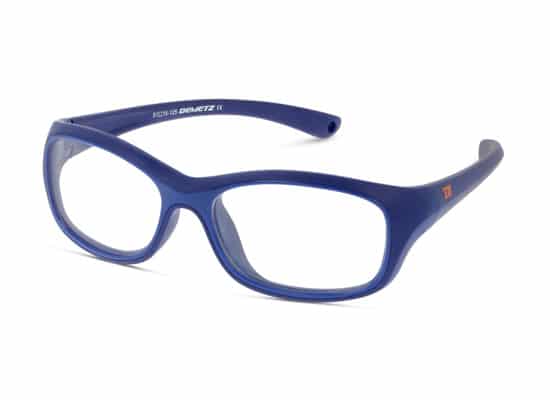
© Demetz

© Demetz
Whether they’re into football, judo, tennis, dance or horse riding, your child needs to feel comfortable in their glasses to that they won’t be tempted to take them off. The ideal pair needs to be supple, light and comfortable. With plenty of support so that they won’t slip. Frames should come up no higher than the eyebrows or be any wider than the face itself and it should not leave marks on the skin or fall down onto the cheeks. Arms should support the glasses evenly without uncomfortable pressure. To avoid slippage – even on well-fitting glasses – adjustable elastic bands are available to make sure they stay put. Some glasses come with them and some have holes in the arms so that elastic bands can be added in, but if your child’s don’t, you can also find bands that slip onto the ends of the arms like gloves. It also makes sense also to have a second pair of glasses that your child only wears for sport, so as not to harm the pair they wear every day. Demetz have even designed children’s glasses specially for sports, with extra comfort and safety features, while Nanovista offers especially flexible and resistant glasses that come with both arms and an elastic band that can be adjusted when needed.

© CSG Swim Ltd / https://www.cheapsurfgear.com/

© Bob Dmyt, Pixabay
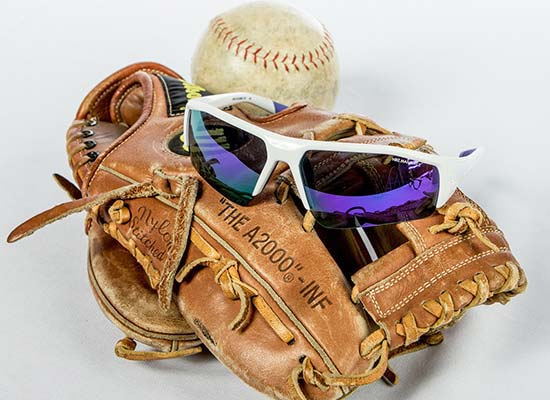
© Rick-Bella, Pixabay
The safety of your child or teen’s glasses is absolutely essential so that your kids can give their all on the pitch without worrying. Sports like football, basketball, rugby and combat sports all carry the risk of falls and knocks, so choose high-resistance, anti-shock glasses. Plastic-based materials with silicone shock absorbers on the nose and arms are ideal for avoiding damage during especially enthusiastic tackles and when it comes to lenses, choose resistant, light polycarbonate for sports glasses. Anti-fogging lenses are also a great idea, so make sure your child’s vision is not impacted by his glasses.
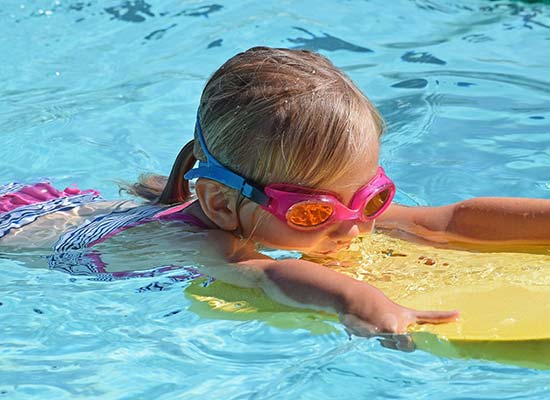
© Jan Haerer, Pixabay
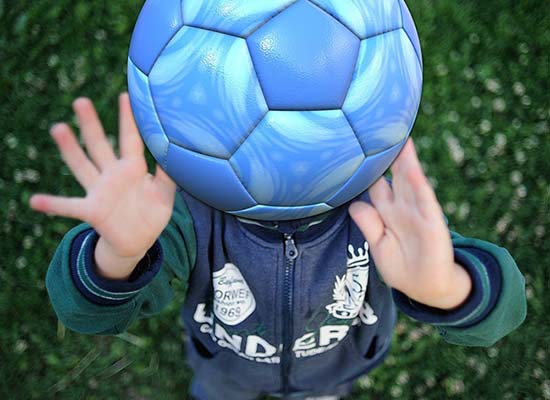
© Karen Arnold, Pixabay
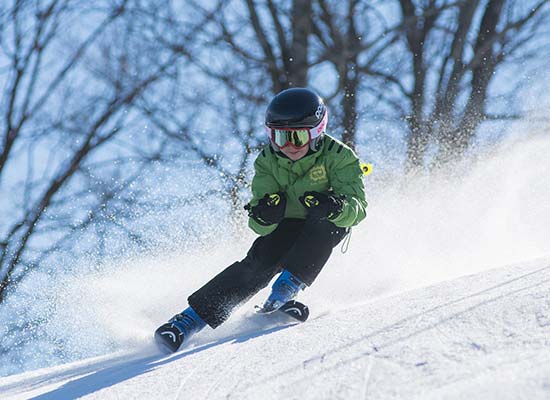
© Pexels, Pixabay
Outdoor sports like cycling and athletics require a sun protection level of at least 3 to adequately protect your child’s eyes from damage. Children under the age of 10 are especially sensitive to the sun as the lenses in their eyes can only filter around 40% of UV rays, which is why it is so important to choose corrective lenses with an all-around protection level. If your child does lots of outdoor as well as indoor activities, photochromic lenses that darken automatically when they are exposed to sunlight, are a great option. Corrective swimming goggles are also available for glasses-wearer in both adult and children’s sizes, allowing kids to swim comfortably with perfect vision both in and out of the water. For winter sports, choose a prescription ski mask.

© Sylwia Aptacy, Pixabay

© Gavin Seim, Pixabay

© Luisella Planeta Leoni, Pixabay
If your child does not get on at all with wearing glasses during sport, you can try contact lenses from the age of seven or eight. Unlike glasses, contacts cover the whole pupil which means they actually enlarge the wearer’s field of vision in comparison to glasses, improving wellbeing and comfort during sport. Your child should avoid swimming in them however, as there is a risk of infection and irritation, so make sure you swap them out for corrective swim goggles.
Another solution for swimming or combat sports, is orthokeratology, also known as ortho-K, or corneal re-shaping. Patients wear hard lenses at night for perfect vision during the day without the need for lenses or glasses. The technique can be used on children from the age of eight onwards, after a specialist consultation with an ophthalmologist and if most often used to correct clear-sightedness.
Ask your optician or ophthalmologist for advice on the sports glasses options for children, to make sure you make the right choice for their eyesight and the sports they play.